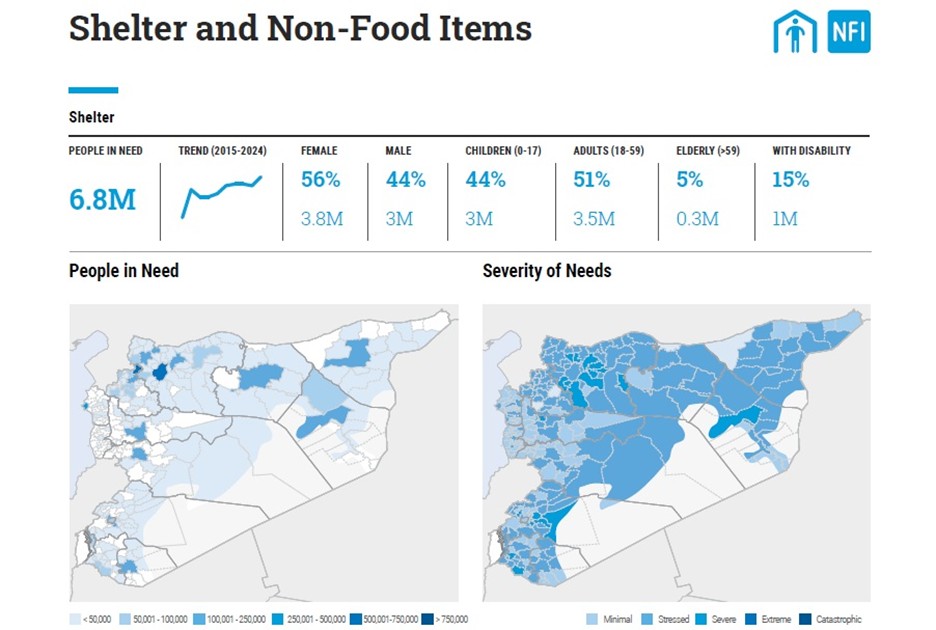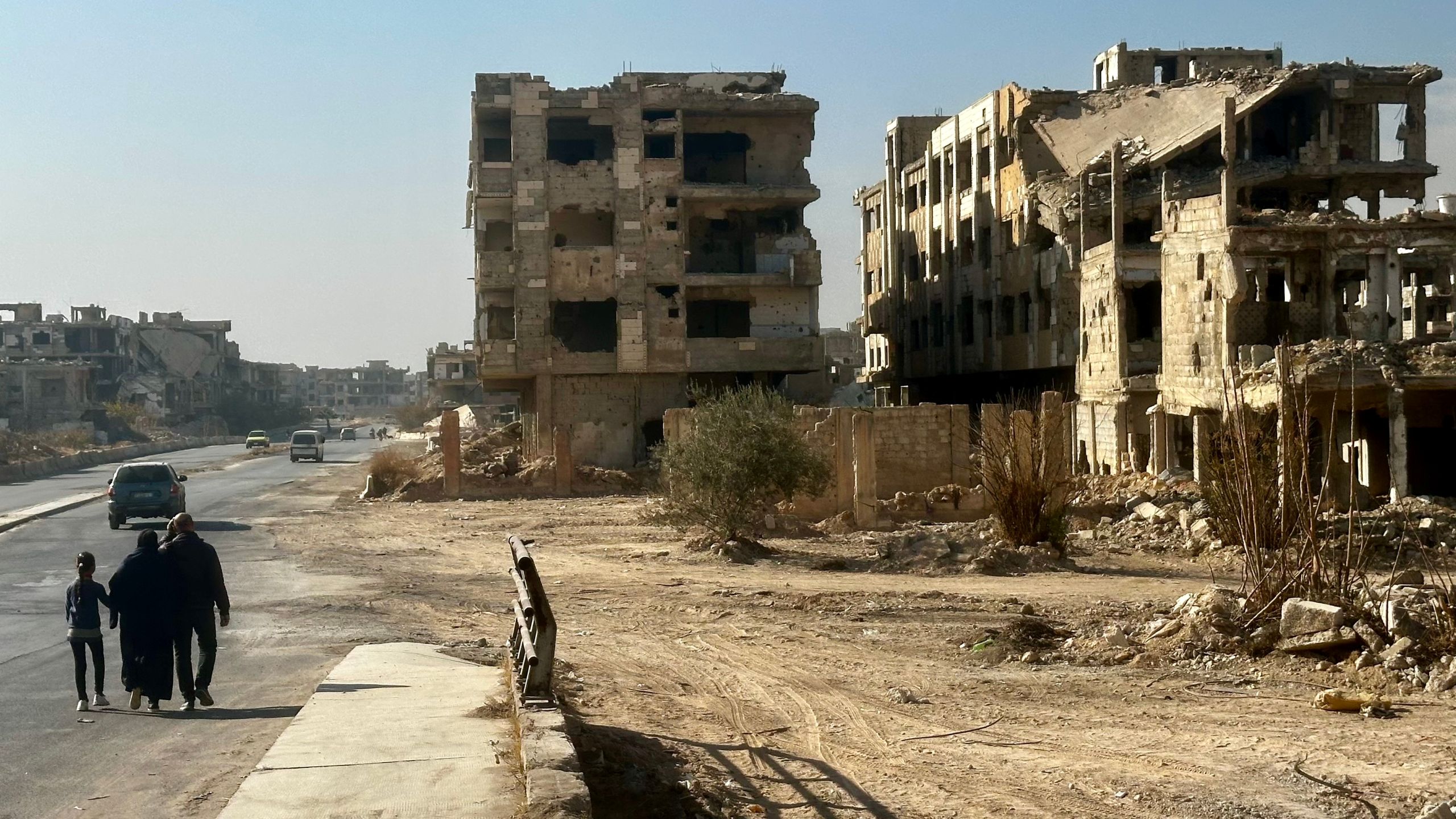Why Syrian refugees are not returning home after the end of the war? Humanitarian situation in Syria
After more than a decade of war, the Syrian conflict finally ended with the fall of the Assad regime in late 2024, and Syrians celebrated as a new government was formed. Many hoped for a rapid return of refugees, but repatriation has so far been slow. By the end of June 2025, only about 1.8 million of the roughly 6.8 million Syrians who left the country had returned home. The majority returned from neighboring countries such as Turkey and Lebanon, where the living conditions for refugees have been extremely difficult. Returns from Europe have been few. Why are refugees not returning to build a new future in Syria?
There are many obstacles to returning. First, the security situation is not stable, even though the war is over. Some of the current security forces themselves are behind atrocities and human rights violations. Second, basic services are lacking in many places: there may be electricity for only few hours a day, and there is severe shortage of drinking water. Many refugees also do not have homes to return to: the war destroyed an estimated 1.2 million homes. In addition, there is lack of health services and educational services. How can a family return, if there is no home to return to, or the home in question has no electricity or water, if there are no schools with teachers and no hospital with doctors?


Humanitarian situation
According to the UN Office for the Coordination of Humanitarian Affairs (OCHA), a staggering 16.5 million Syrians need humanitarian aid. Of these, 7.4 million are internally displaced persons (IDPs). More than 90% of people in Syria live below the poverty line, and over 60% need humanitarian aid to survive. The economy is in crisis: the Syrian pound has collapsed from about 50 pounds per dollar in 2011 to about 16,000 pounds per dollar by late 2024. The monthly salary of a state employee barely covers a few days’ worth of food.
In May 2025, OCHA reported the following:
- Since December 2024, over 400 people have died and nearly 600 injured due to unexploded ammunition and other abandoned remnants of war.
- 1.14 million people have returned to area of origin, of whom 523,100 were internally displaced.
- More than 1.17 million received aid via Turkey’s 1,163 aid convoys.
- 3.4 million children under 5 were vaccinated.

Syria urgently needs new homes, schools, and hospitals
The humanitarian crisis has had devastating effects on Syrians’ lives. The worst problems are:
Education: About 7 million children need humanitarian aid to receive an education. 70% of schools are out of service, either destroyed or damaged. This has created a ”lost generation” of children who lack access to quality education, with severe long-term consequences for the country’s recovery.
Health: Health care has collapsed. Hospitals and clinics were bombed, staff fled, and essential equipment is lacking. It is estimated that 14.9 million people need health care.
Food and agriculture: During the war, forests were cut down for firewood. Farmers also could not farm due to the internal displacement or due to Assad’s forces targeting crops. Climate change and Turkey’s reduction in the amount of water released in the Euphrates have worsened the situation. Wheat production fell from 5 million tons (before 2011) to under 2 million tons in 2023. Syria has shifted from a bread exporter to an importer, and the poor can no longer afford even bread.
Water and sanitation: Water pumps and irrigation systems were destroyed. Drought and unregulated groundwater use have led to severe water shortages. About 13.6 million people need water, but aid reaches only 2.2 million.
Shelter and housing: The war systematically destroyed housing, even entire villages. Millions of internally displaced people have no homes to return to. It is estimated that 7 million people need shelter assistance. In northern Syria, 2.4 million still live in tents. The 2023 earthquake further worsened the situation.

Serious obstacles to the return of refugees
Although the Assad regime fell and Ahmed al-Shara’a became prime minister nine months ago, and neighboring countries that hosted refugees have encouraged returns, repatriation has remained relatively low. In short, the reasons are:
Security and violence: Both the current and former regime security forces have committed human rights abuses. In summer 2025, reports of torture and executions in detention centers were reported.
Violence against returnees: Especially those returning from Europe have faced ethnic or gender-based violence. Often perpetrators are the current regime’s police and other security forces.
Transitional justice gaps: War criminals have not been brought to justice, although a commission has been established for this purpose.
Weak infrastructure: electricity typically only 4–6 hours per day, water supply not reaching homes.
Destroyed housing: more than 1.2 million homes are completely unusable. Buildings were destroyed in the war or by Assad forces to extract steel used in construction.
Health care collapse: there are no funds for rebuilding the health system, as the Assad regime effectively looted state funds.
Weak international cooperation: humanitarian funding has diminished, especially after cuts to USAID and EU financing.
Delays in lifting sanctions: International sanctions hinder reconstruction and aid channels.
Slow sanctions lifting: Some in the international community view the post-regime Al-Sharaa-led government as potentially Islamist, which complicates transfers of money and aid channels.

The slow lifting of sanctions has created significant obstacles to humanitarian and development aid. Initially, sanctions were imposed to pressure and isolate the Assad regime. After Assad’s fall, their lifting has, however, been slow and partial. One reason for this is that part of the international community views the Al-Sharaa-led new government as potentially Islamist or jihadist. This hesitation has complicated aid operations, as transfers of funds and aid channels are restricted.
By the end of June 2025, only about one million refugees had returned to Syria, mainly from Turkey and Lebanon. Returns from Europe have been few. This demonstrates the enormous challenges of rebuilding the country and ensuring safe return.
Sources:
UNOCHA Humanitarian Needs Overview
UNOCHA Humanitarian Response Figures for Syria
Syrian Flash Updates (UNOCHA)
UNHCR ja FAO raportit
Cover photo: Buildings destroyed by the Assad regime in the Jobar neighborhood of Damascus. Photo: Obaida Hitto.
